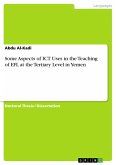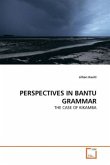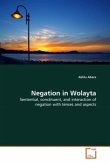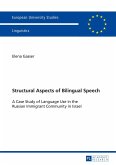Master's Thesis from the year 2012 in the subject Speech Science / Linguistics, , language: English, abstract: This study was devoted to a description of the ways for expressing negation, distribution of negation markers and the scope of these negation markers in a sentence with particular reference to GinaNtuzu spoken in the lake zone region in Tanzania. The study was guided by Structure Dependency Principle.The research design used for this research was descriptive in nature as it included a survey of the language and fact finding about negation in the language. The data analysis methods and procedures in this study was fragmentation.It was revealed that GinaNtuzu expresses negation in five ways, namely, a prefix -da- , a copula negative morpheme -di which is always inflected with a subject marker for concordial agreement, negative particles nduhu, biya, and kija. In identifying the distribution of each negative morpheme, it was revealed that the occurrence of each negative morpheme depends on the structure of the affirmative sentence and that the change of the tense/mood triggers changes of the negative morpheme in a given sentence. In describing the scope of negation, two types/scopes of negation have traditionally been distinguished; these have been labelled, sentential and constituent, that is, if the effect of negation marker is on the entire clause, which is considered to be a sentencial negation. When the effect of the negation marker is on a portion of the clause, it is a constituent negation.
Hinweis: Dieser Artikel kann nur an eine deutsche Lieferadresse ausgeliefert werden.
Hinweis: Dieser Artikel kann nur an eine deutsche Lieferadresse ausgeliefert werden.








